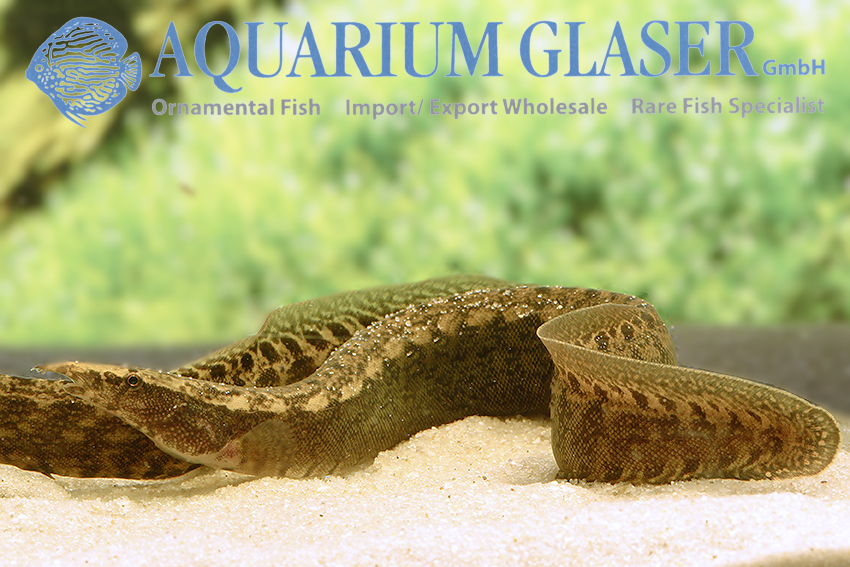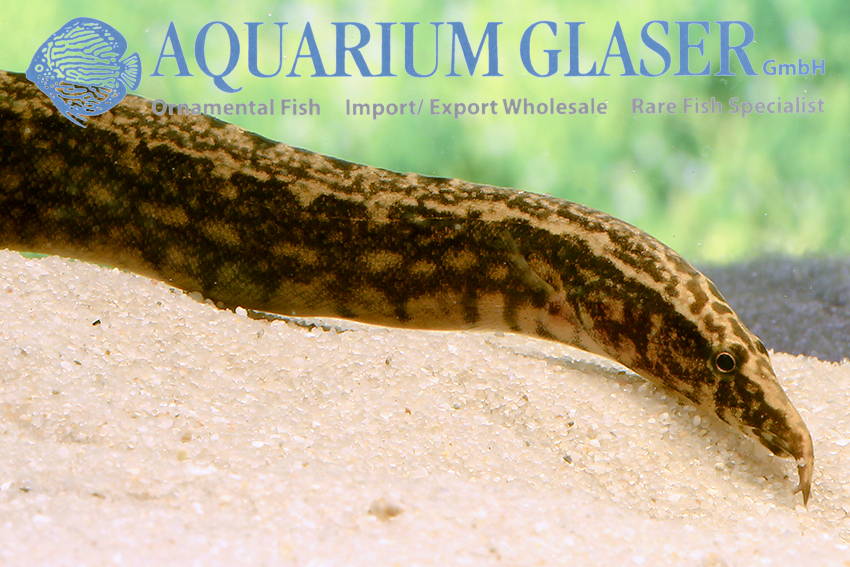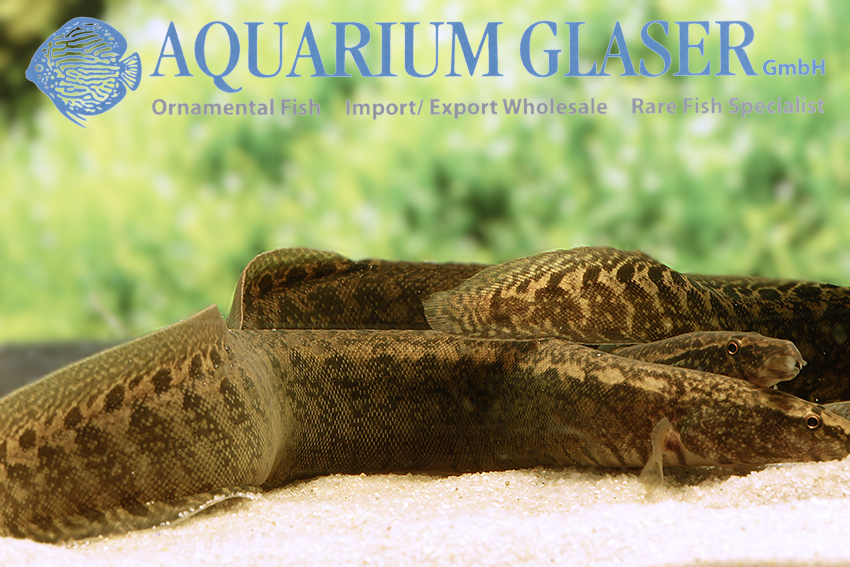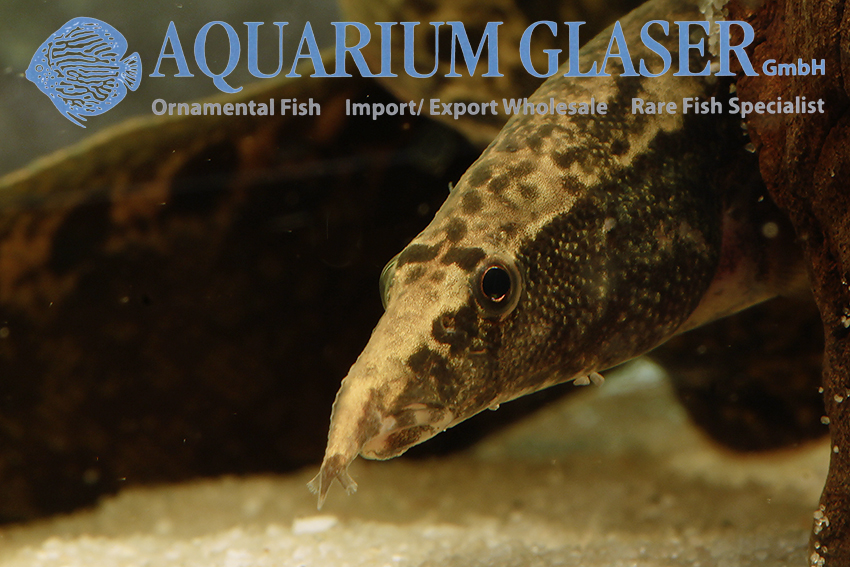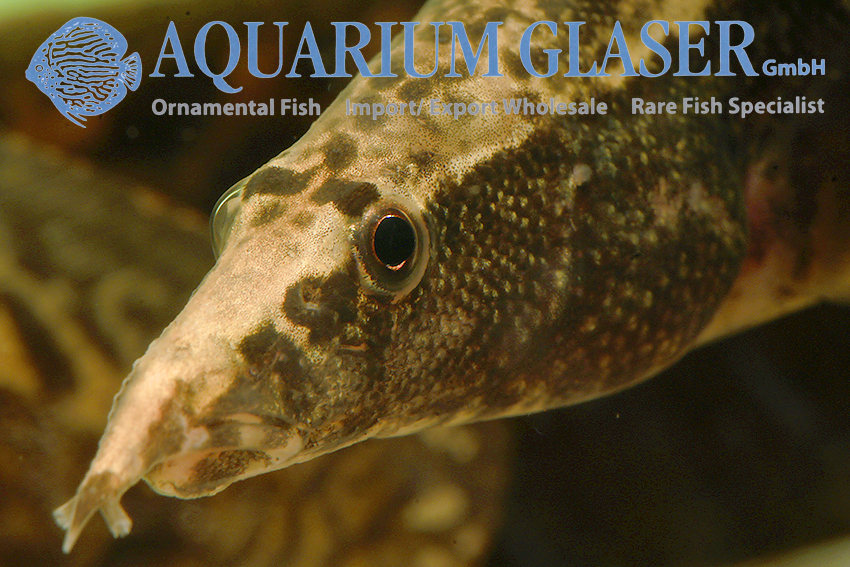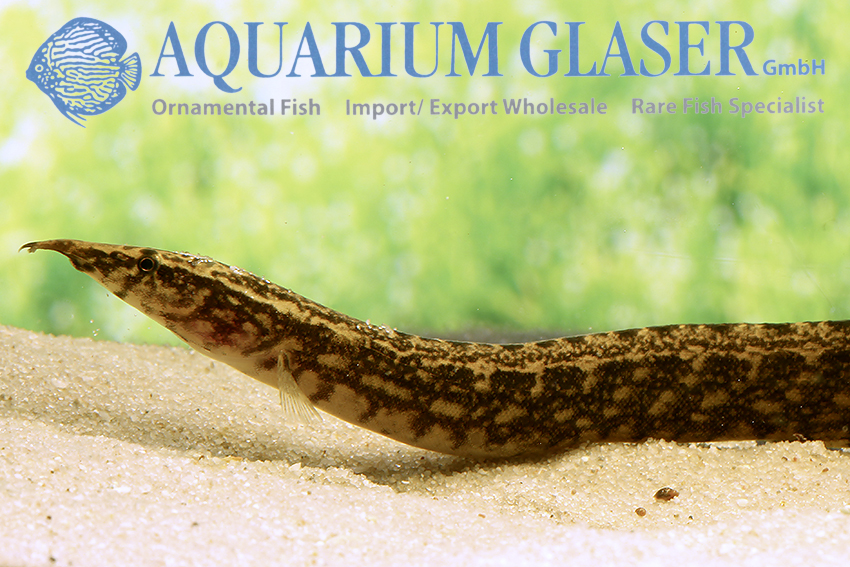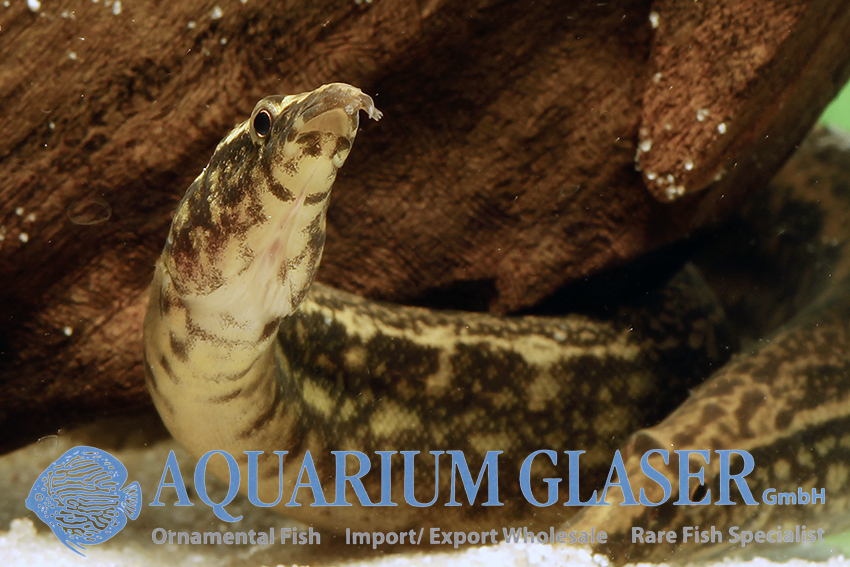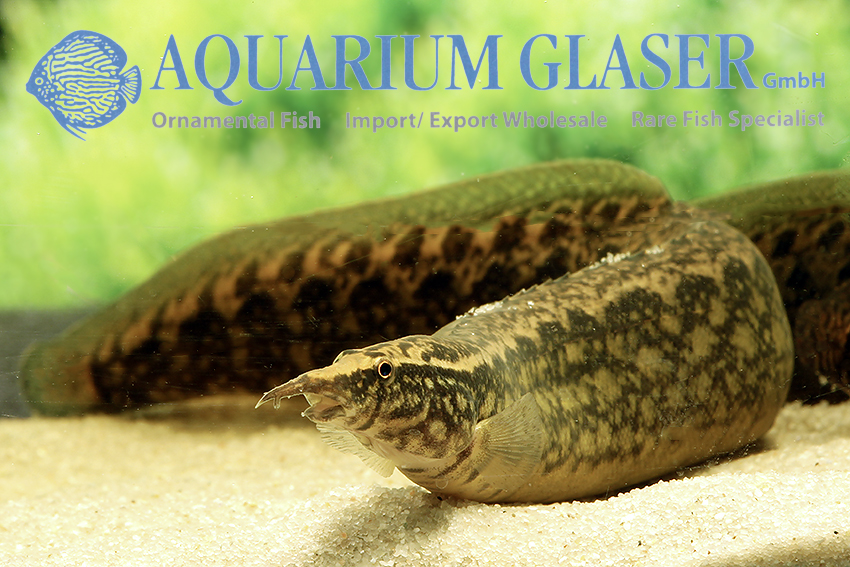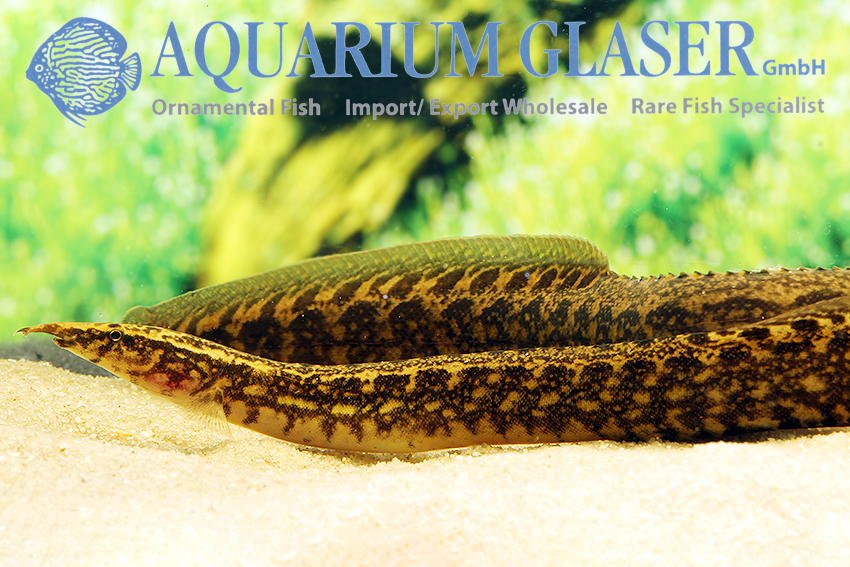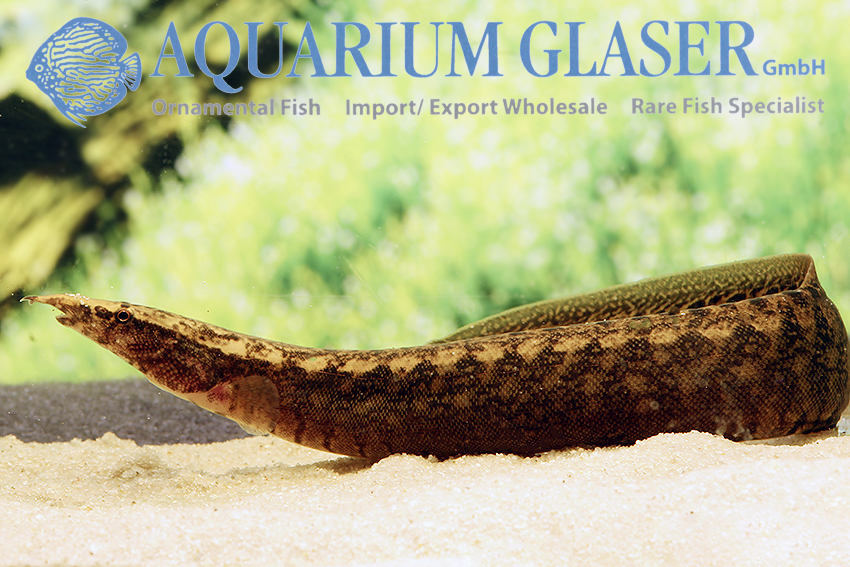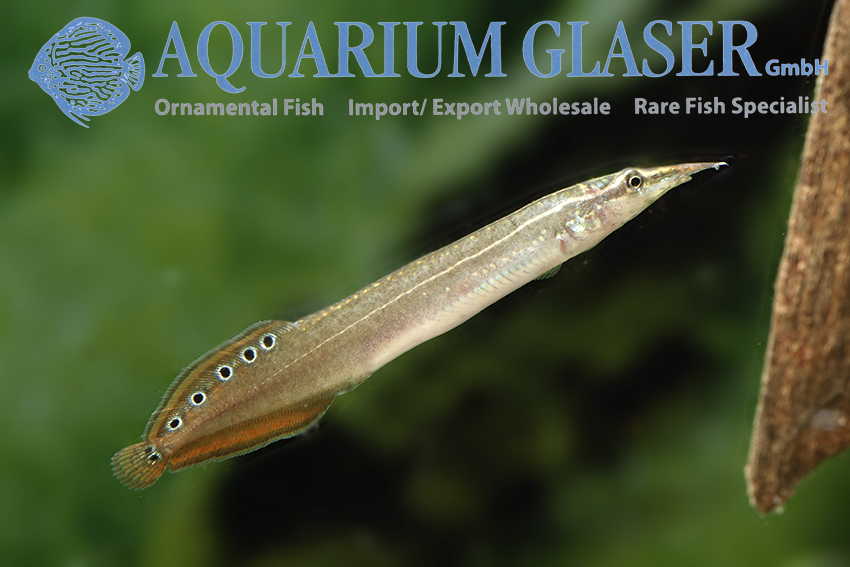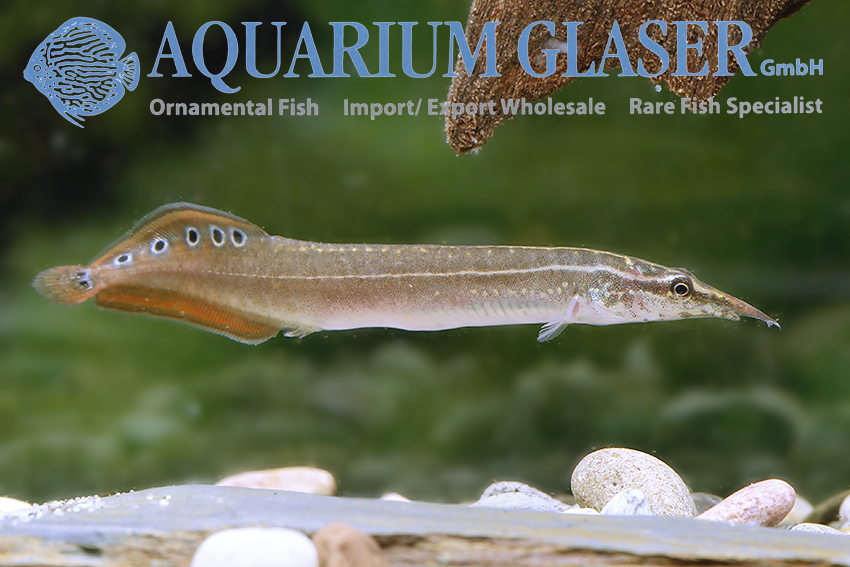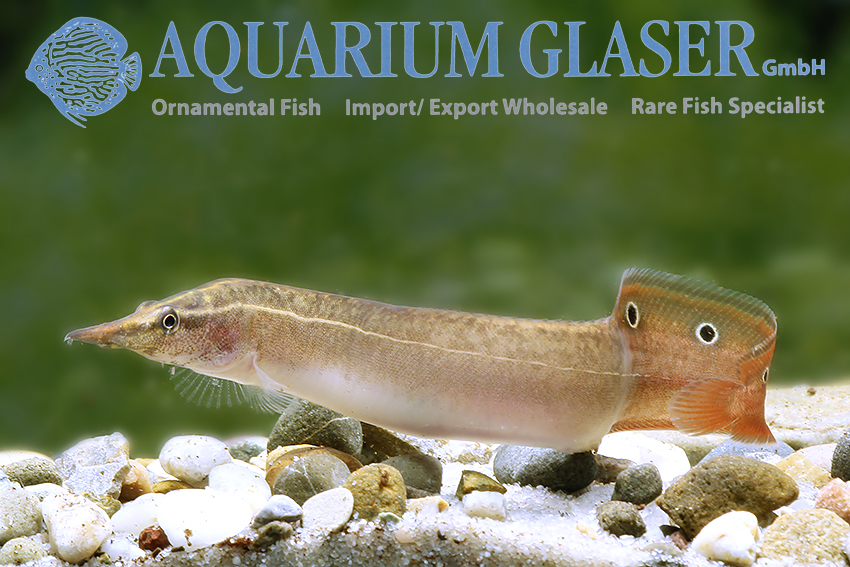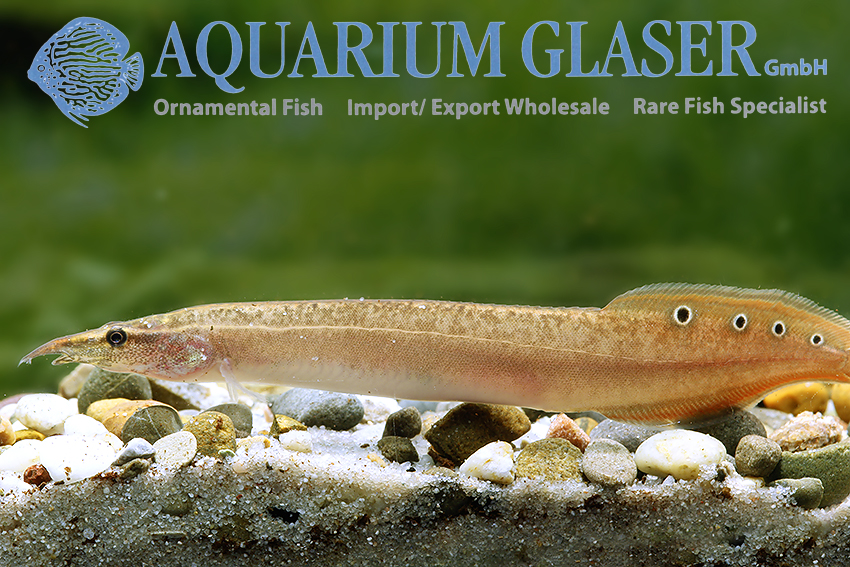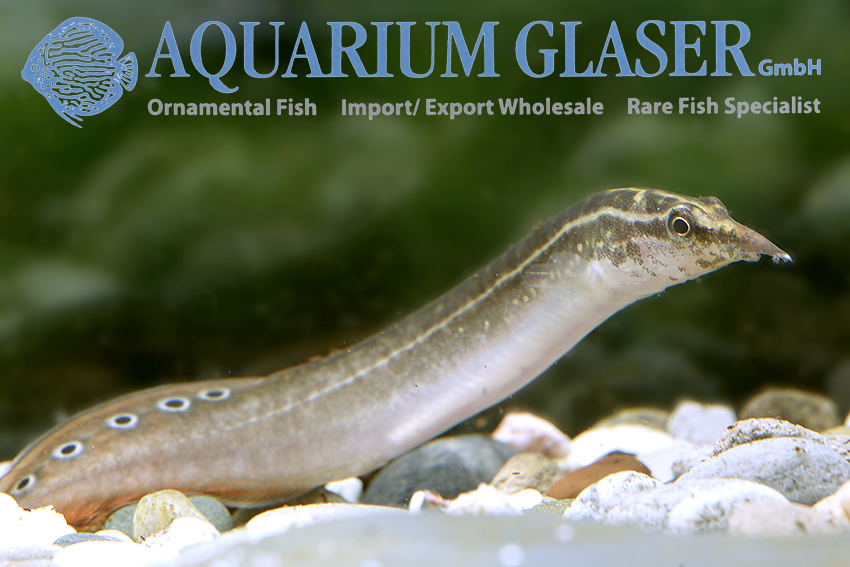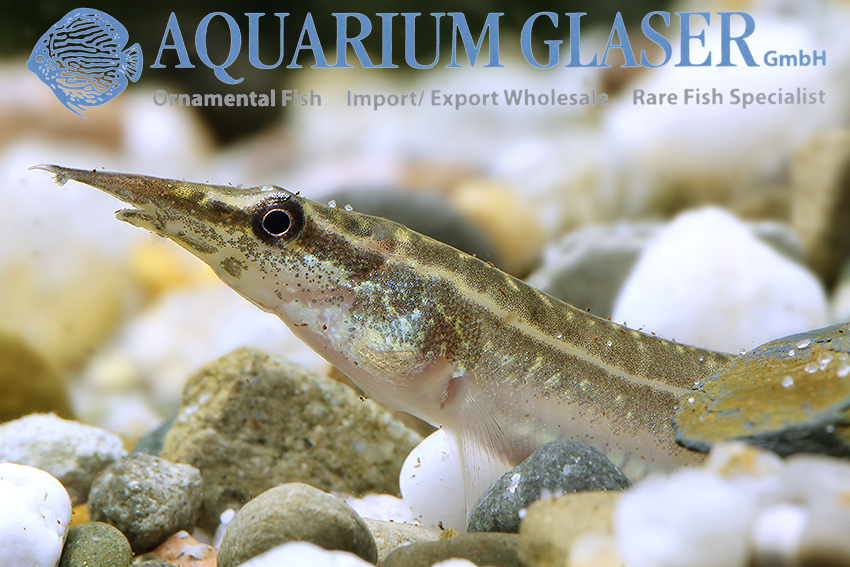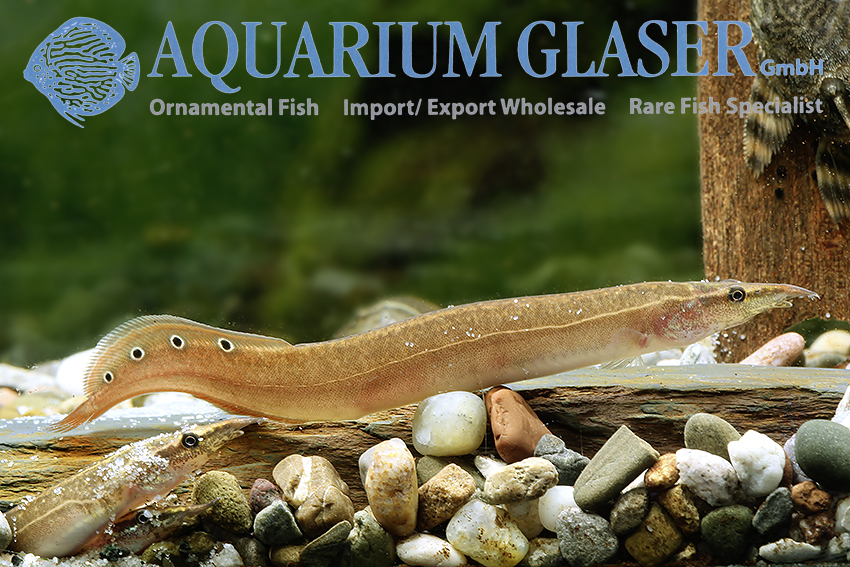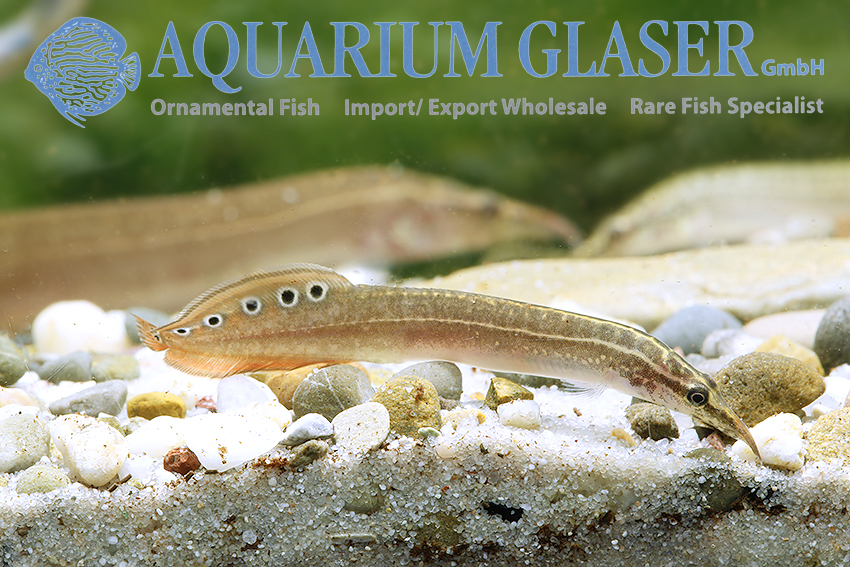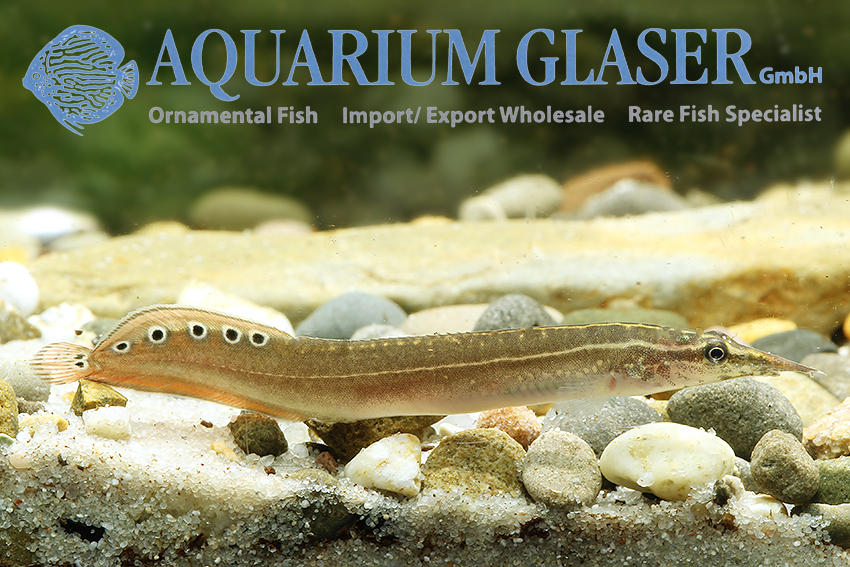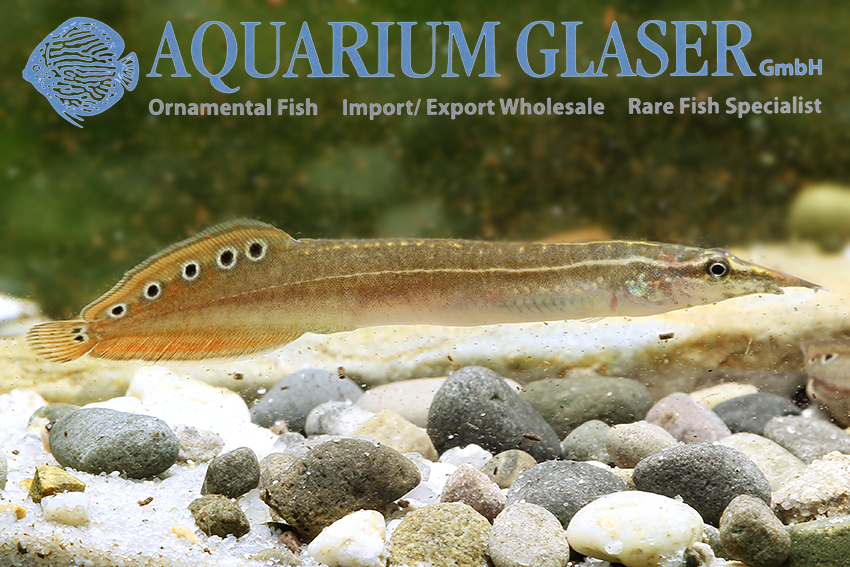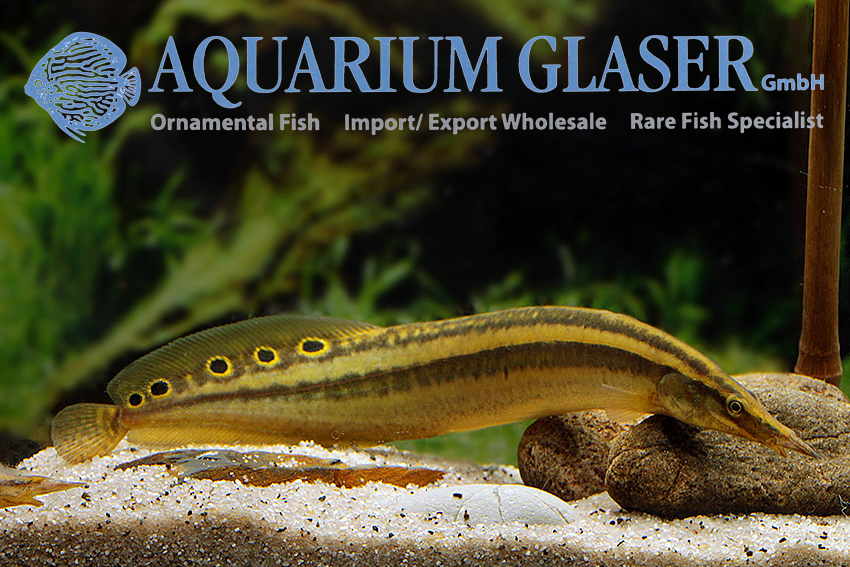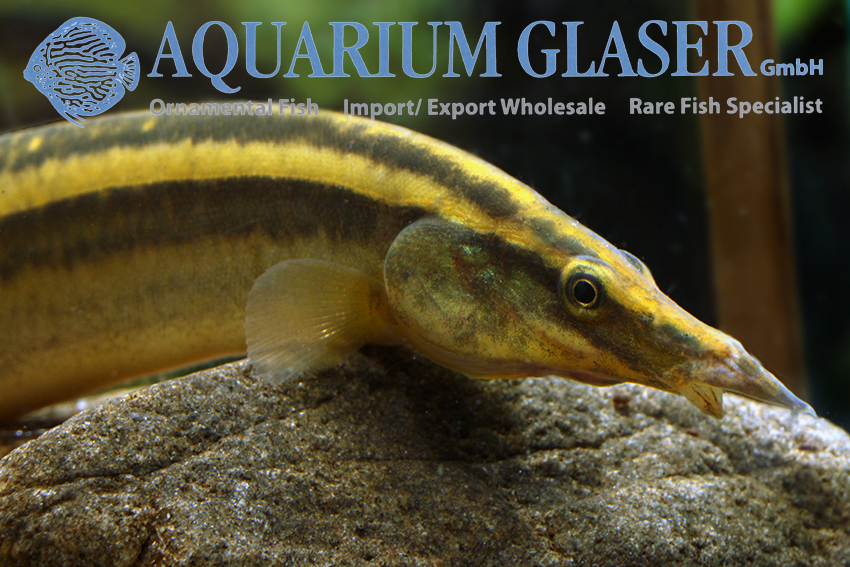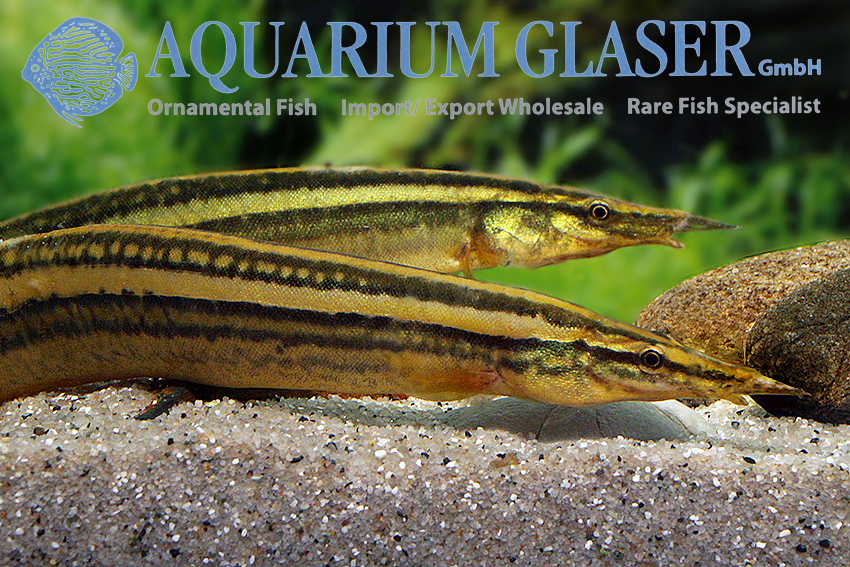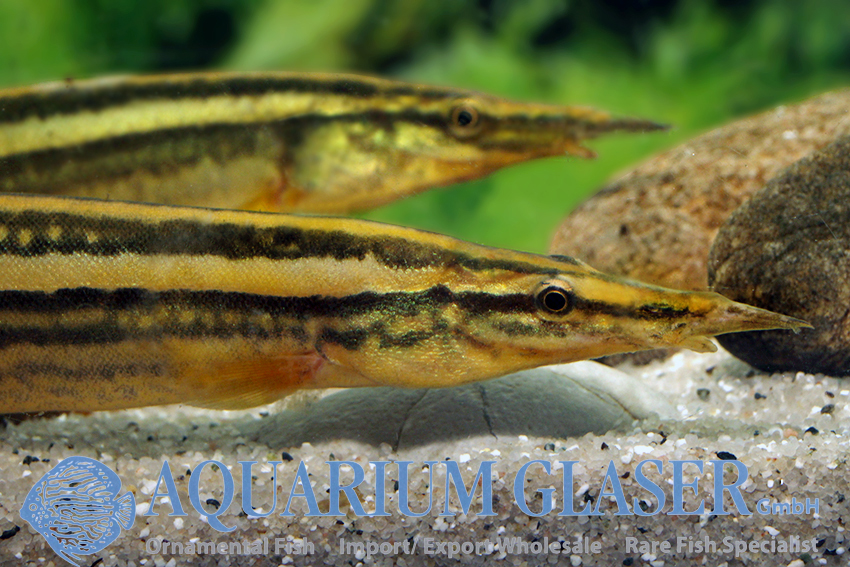Spiny eels enjoy an increasing popularity. More and more aquarists are discovering that it is not always the colorful, constantly visible fish that are fun to watch, but also the more hidden fish personalities that are often only seen when feeding. Among these fish personalities are definitely the spiny eels.
There are spiny eels in different sizes: from the only about 10 cm long Macrognathus pancalus from India to the “giant spiny eel” Mastacembelus armatus with up to 90 cm. Unfortunately, a rule of thumb for size that was very helpful for a long time no longer works. Until scientific revisions of the genus in the last 5 years one could always say well: Asian spiny eels with a clearly separated caudal fin remain small, with those with a circumferential dorsal tail and anal fin one must watch out, they can become half a meter long and as thick as an arm. In the meantime, small species of the latter group are known as well as large ones of the former (the recently described Macrognathus kris from Borneo, which can reach a length of 40 cm).
Macrognathus maculatus has a circumferential fin and originates from Indonesia and Malaysia; reports from other parts of Southeast Asia (Cambodia, Vietnam) probably refer to similar other species. Size-wise, the species is in the middle range. Our animals are fully sexually differentiated (males are much slimmer than females) and 15-20 cm long. In the literature one finds size data up to 28 cm. The variable colored species is in any case very nicely patterned and very peaceful. Only very small fish should not be kept together with them: sooner or later they will end up in the stomach of the spiny eels.
For our customers: the animals have code 425253 on our stock list. Please note that we supply only wholesale.
Text & photos: Frank Schäfer





